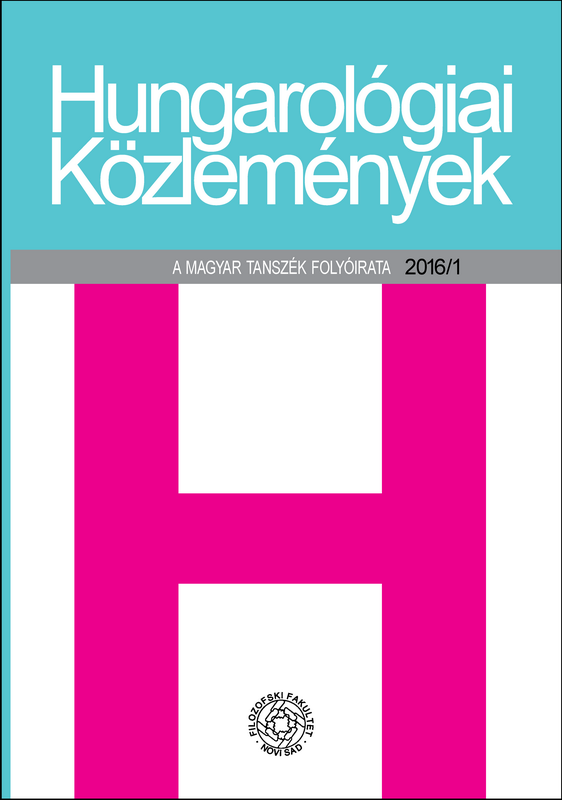A szavak és a szókapcsolatok közötti jelentésmegoszlás
Distribution of Meaning Between Words and Phrases
Author(s): László Molnár CsikósSubject(s): Semantics
Published by: Филозофски факултет, Универзитет у Новом Саду
Keywords: specific linguistic semantics; word meaning; phrase meaning; synthetizing tendency; analytic tendency
Summary/Abstract: Their semantic particularities can be seen in the fact that certain meanings are attached to words, others to phrases. Those languages which tend to attach meaning to words are regarded as synthetizing languages, while those which attach in many cases meanings to phrases tend to be analytic. Hungarian belongs to the former, Serbian to the latter group. There are several examples to show these lexical differences. The tendency to synthetise in Hungarian is especially noticable when compared to languages which use a lot of analytic forms like Roman, French, Latin, etc. It is primarily Hungarian compound nouns and adjectives that have phrases as their equivalents in analytic languages. A great number of verbs with prefixes also have phrases as equivalents in Romanian, and sometimes even in Serbian. There are a number of Hungarian derived words and also, even certain root-words which are expressed with analytic phrases in other languages. These phrases usually consist of two meaningful words, though in some instances they can even contain three or more words. However, certain analytical phenomena can be detected in synthetic languages, and vice versa, analytic languages also show certain synthetizing relations.
Journal: Hungarológiai Közlemények
- Issue Year: 17/2016
- Issue No: 1
- Page Range: 99-110
- Page Count: 12
- Language: Hungarian

